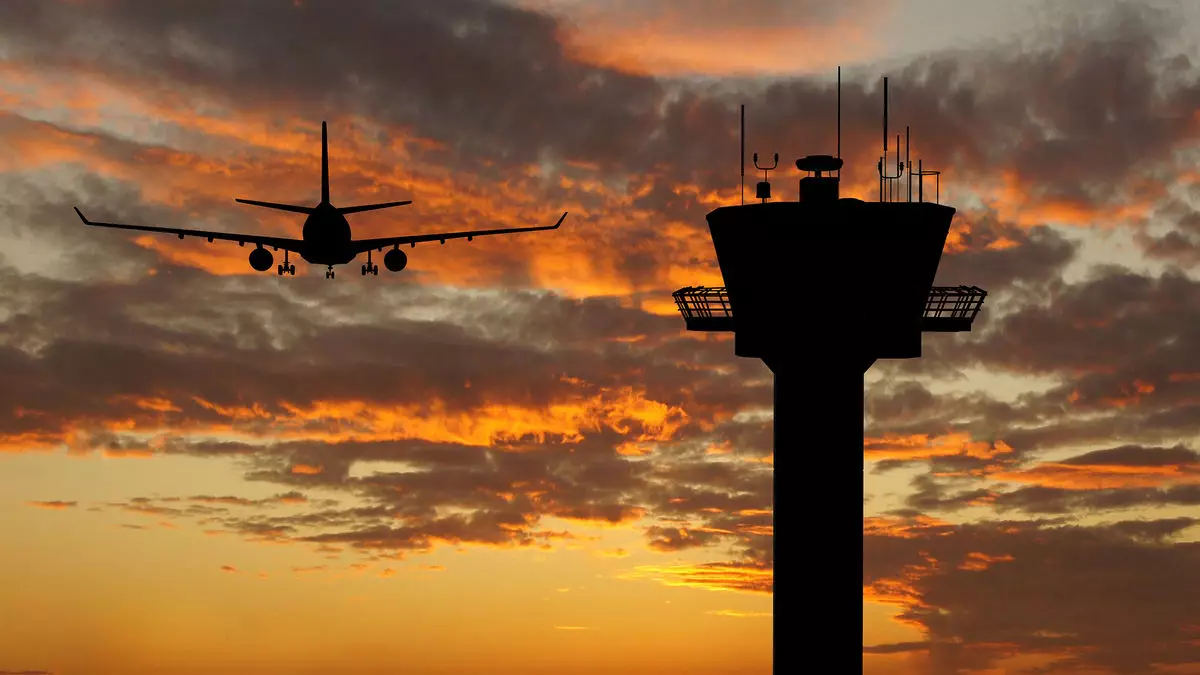The recent signing of the aviation policy bill by President Trump marks a pivotal shift in the United States’ approach to modernizing its air travel infrastructure. At its core, the bill allocates $12.5 billion for a comprehensive overhaul of the nation’s air traffic control (ATC) system. While this commitment is undoubtedly a significant step forward, it also sets the stage for an ongoing, high-stakes challenge: the need for substantially more funding in the coming years to realize the vision of a safer, more efficient, and technologically advanced aviation landscape.
Despite the initial enthusiasm from major stakeholders, there is a clear undercurrent of realism. Industry groups like the Airports Council International – North America, Airlines for America, and the Modern Skies Coalition acknowledge that while the $12.5 billion investment marks progress, it remains only a foundation. Estimations suggest that completing the full overhaul might require upwards of $31 billion—more than double the initial allocation. This discrepancy underscores the immense scale of the task at hand and the urgency to secure sustained financial backing.
The focus on infrastructure upgrades is palpable, with substantial funds earmarked for telecommunications and radar systems. The allocation of $4.75 billion to modernize telecommunications infrastructure and $3 billion for radar replacements reflects a targeted effort to leapfrog outdated technology. Furthermore, constructing a new air route traffic control center to manage high-altitude flights signifies an innovative push toward future-proofing the system—an essential move given the air traffic volume’s relentless increase.
Industry Leaders Embrace Change, Yet Call for More Support
Industry leaders have responded to this policy shift with commendable optimism. Nick Calio, CEO of Airlines for America, praised the administration’s courage in tackling what has long been considered a bureaucratic and obstinate challenge. His comments reflect a recognition that modernizing the ATC system is no small feat—it is an undertaking demanding unwavering political will, financial investment, and industry cooperation.
However, Calio and others rightly emphasize that the current budget is just a starting point. They advocate for continuous engagement with lawmakers and regulators to ensure that funding keeps pace with the program’s needs. This call to action highlights a critical reality: ambitious projects are rarely completed on the first significant infusion of funds. They require persistent advocacy, strategic planning, and adaptability.
Beyond ATC upgrades, the bill’s support for personnel adds another vital dimension. The allocation of over $6 billion for hiring and bonuses for Customs and Border Protection personnel demonstrates a recognition that safety and efficiency extend beyond technology. Human resources are the backbone of a smoothly functioning aviation ecosystem, especially in an era marked by increasing security concerns and passenger volumes.
Broader Impacts: A Push Toward Sustainability and Enhanced Passenger Experience
The bill’s influence extends beyond immediate infrastructure reforms. Notably, it prolongs key tax credits aimed at fostering sustainable aviation fuels until 2029. This inclusion signals a strategic positioning, balancing technological modernization with climate-conscious initiatives. It is a bold statement—affirming that the aviation sector can pursue growth and innovation without neglecting environmental responsibilities.
Support from farmers—who benefit from higher tax credits for producing renewable fuels from corn ethanol and soybean oil—illustrates a pragmatic alliance between agriculture and aviation sectors. Such collaboration underscores a wider understanding: sustainable advancement demands cross-industry cooperation and investment.
Furthermore, these investments are poised to transform the passenger experience. Upgraded ATC systems promise fewer delays, enhanced safety, and more efficient routing—benefits that will ripple outward to airports, airlines, and travelers alike. This sets the stage for a new era where technological excellence translates into tangible benefits for the everyday passenger, reinforcing the United States’ reputation as a global leader in aviation.
Challenges Ahead: The Road to Full Modernization Is Long and Complex
Despite the optimistic tone, obstacles remain. The sheer scope of the required funding, technological complexity, and political willpower will be tested repeatedly. The history of the NextGen program’s underperformance—a reality that industry insiders openly critique—serves as a cautionary tale. Overcoming past failures demands transparency, accountability, and innovative problem-solving.
Moreover, the timeline presented by Secretary Duffy for a four-year transformation appears daunting. Achieving such sweeping modernization within this tight timeframe necessitates rapid decision-making, agile project management, and unwavering commitment from all stakeholders. Any setbacks could jeopardize the entire vision, making it imperative that the federal government and industry partners synchronize their efforts effectively.
In a broader sense, future success hinges on establishing a sustainable funding model. Relying on episodic appropriations is insufficient; instead, a cleverly crafted mix of public and private investments will be crucial. Only then can the industry sustain momentum and ensure that the ambitious ambitions for safety, efficiency, and environmental responsibility become a lasting reality, rather than a fleeting hope.

